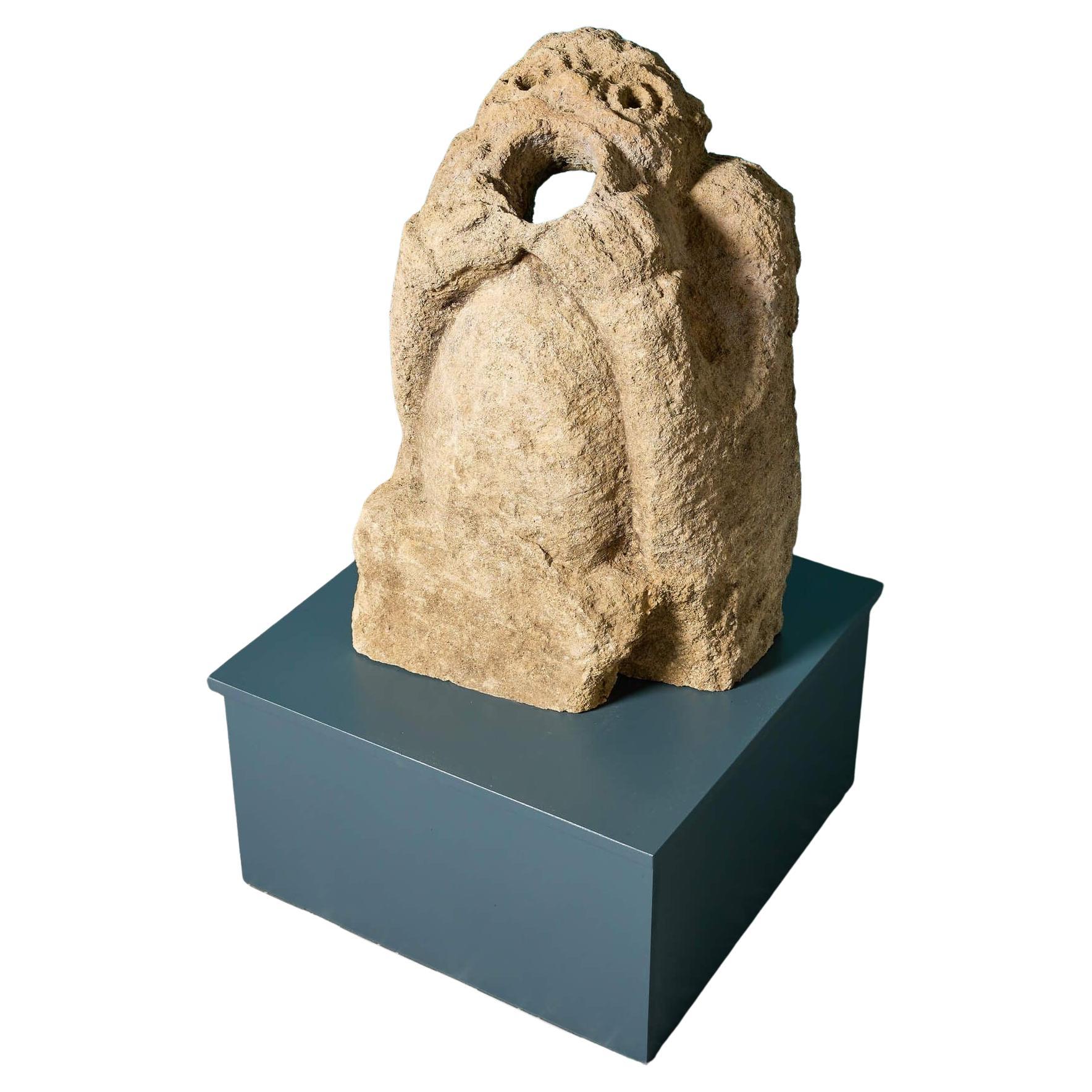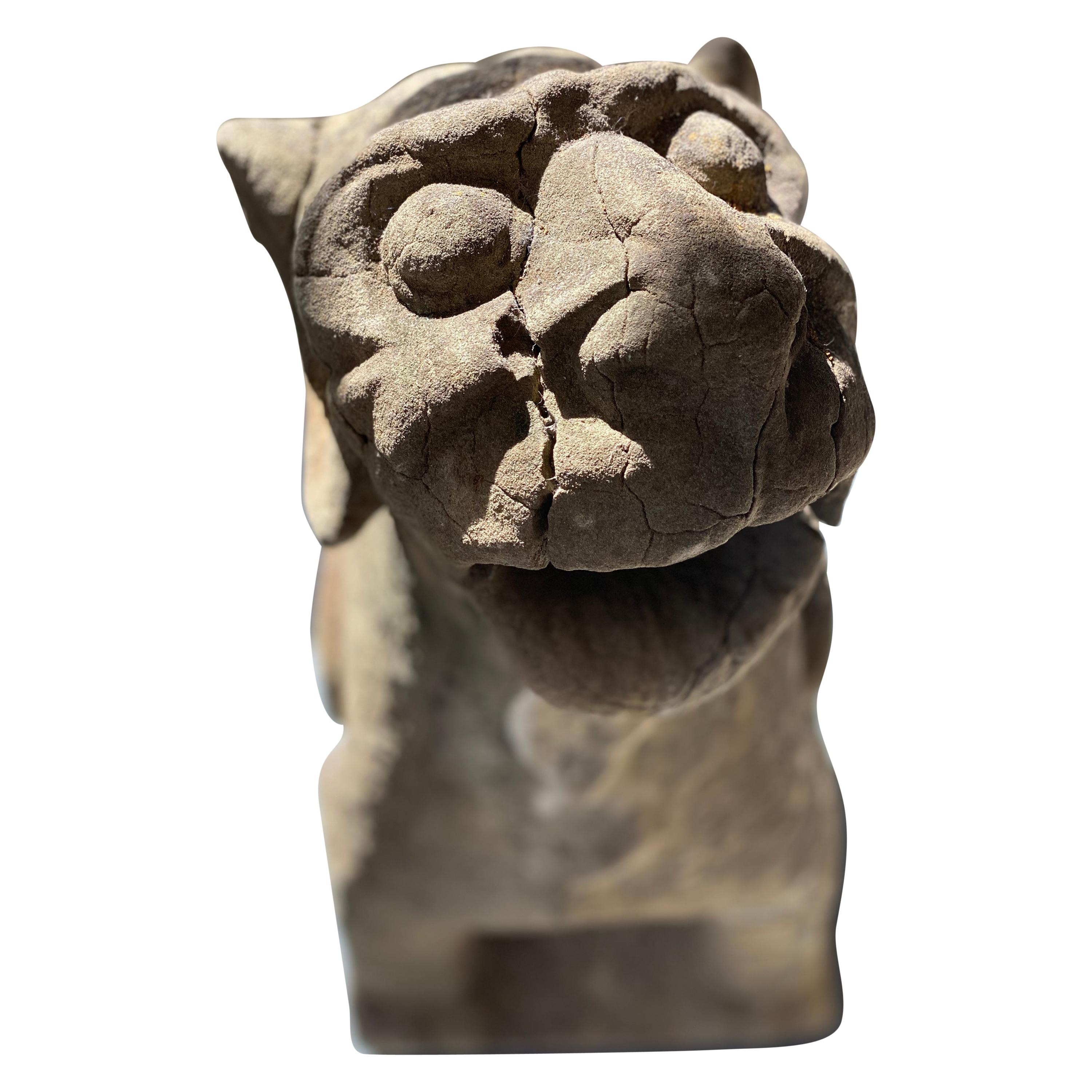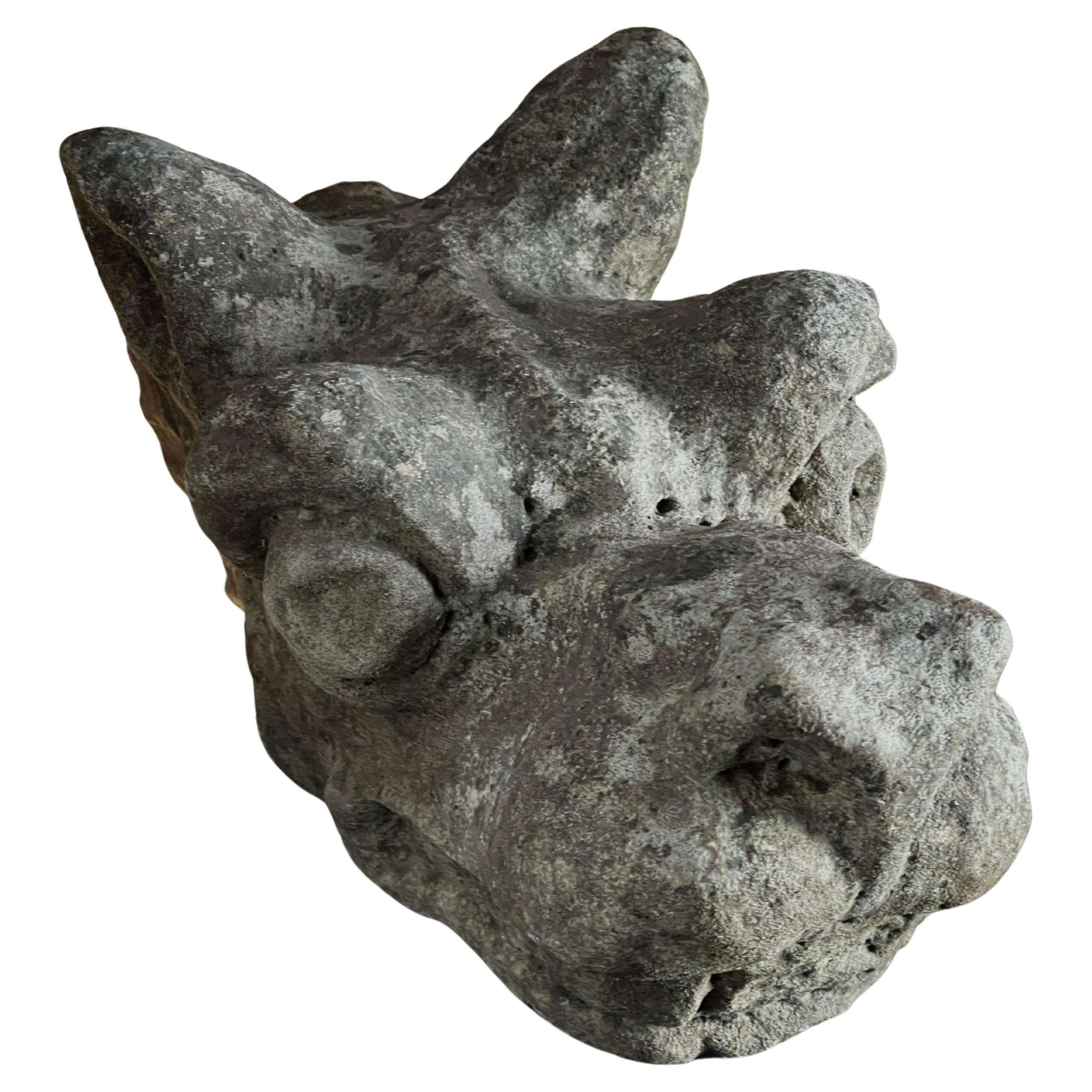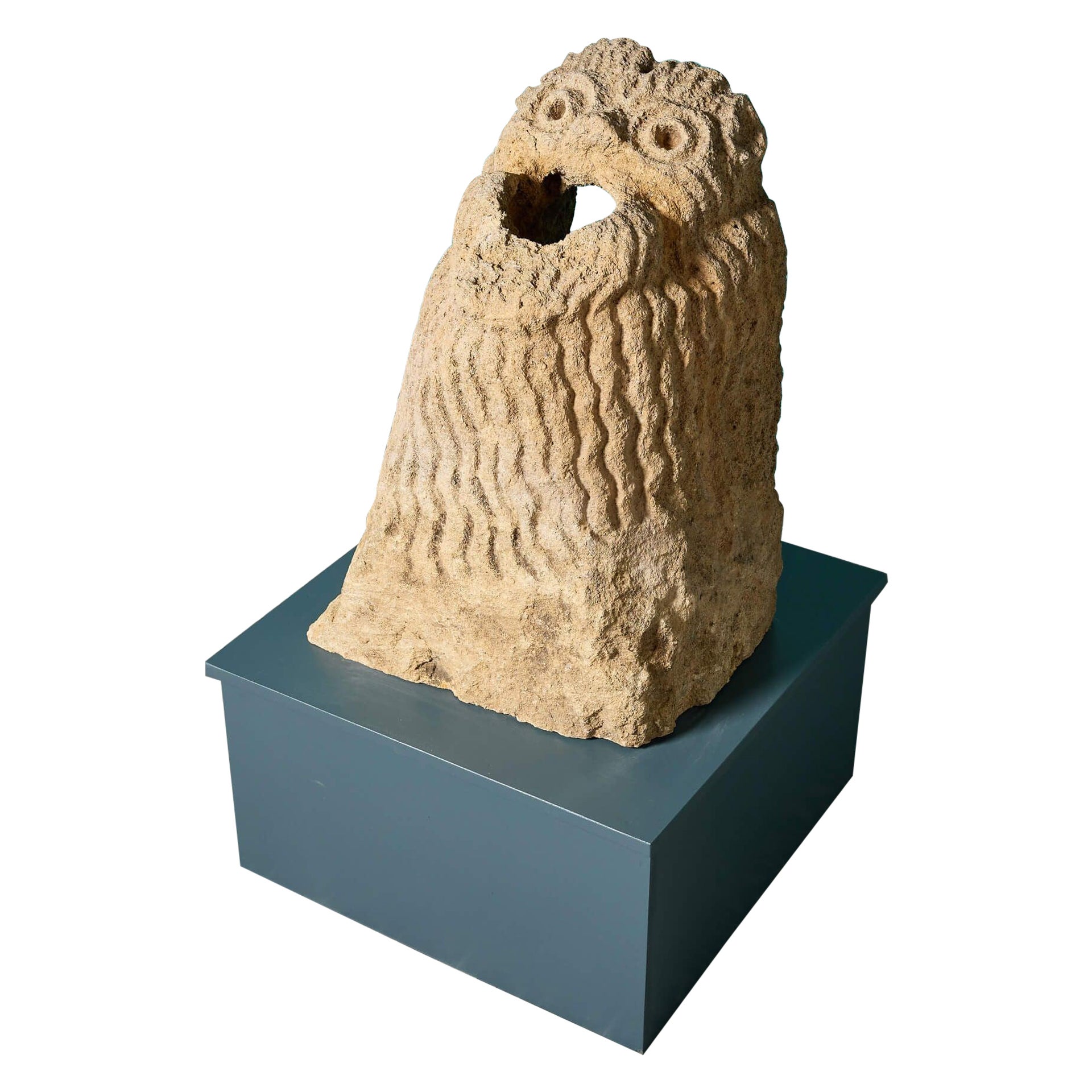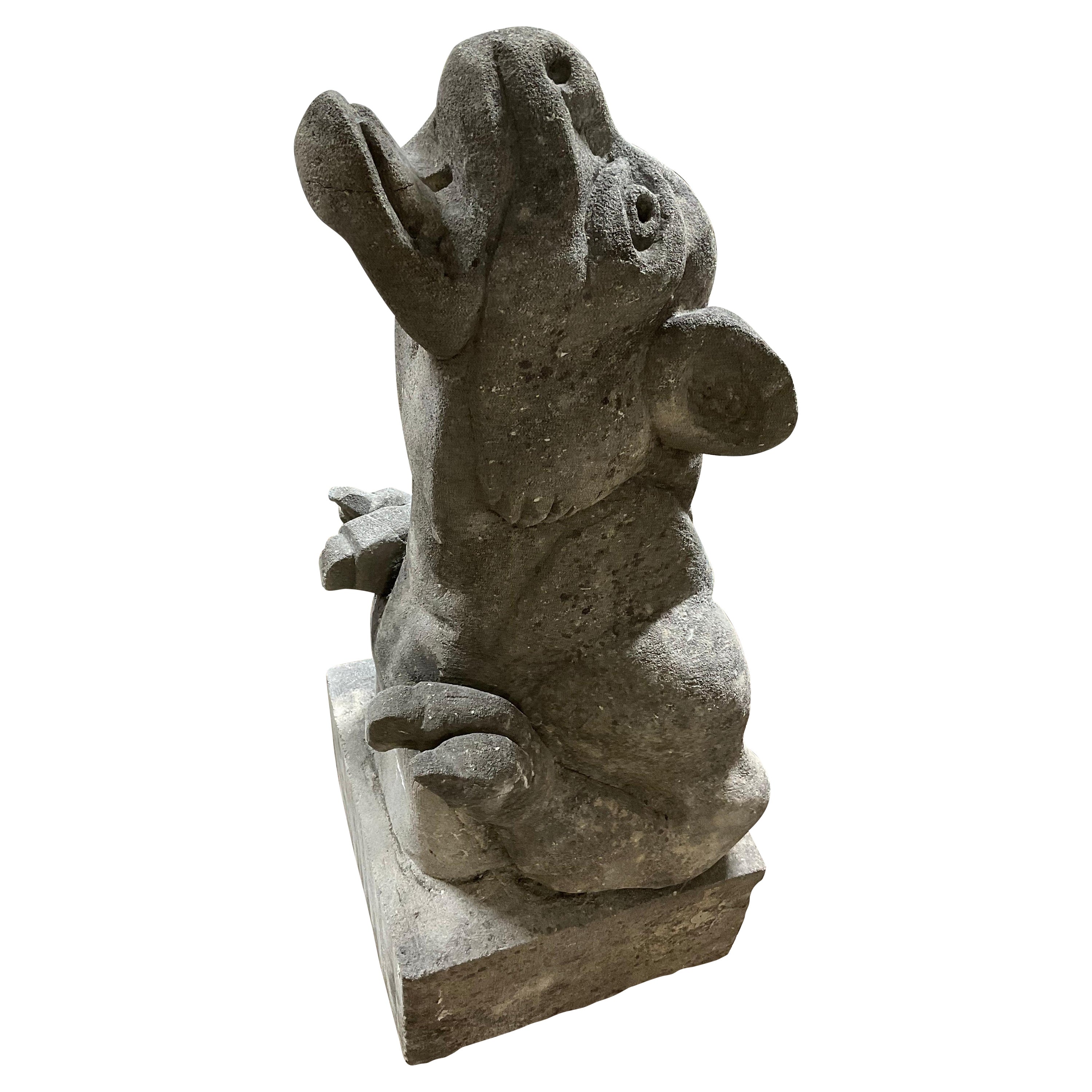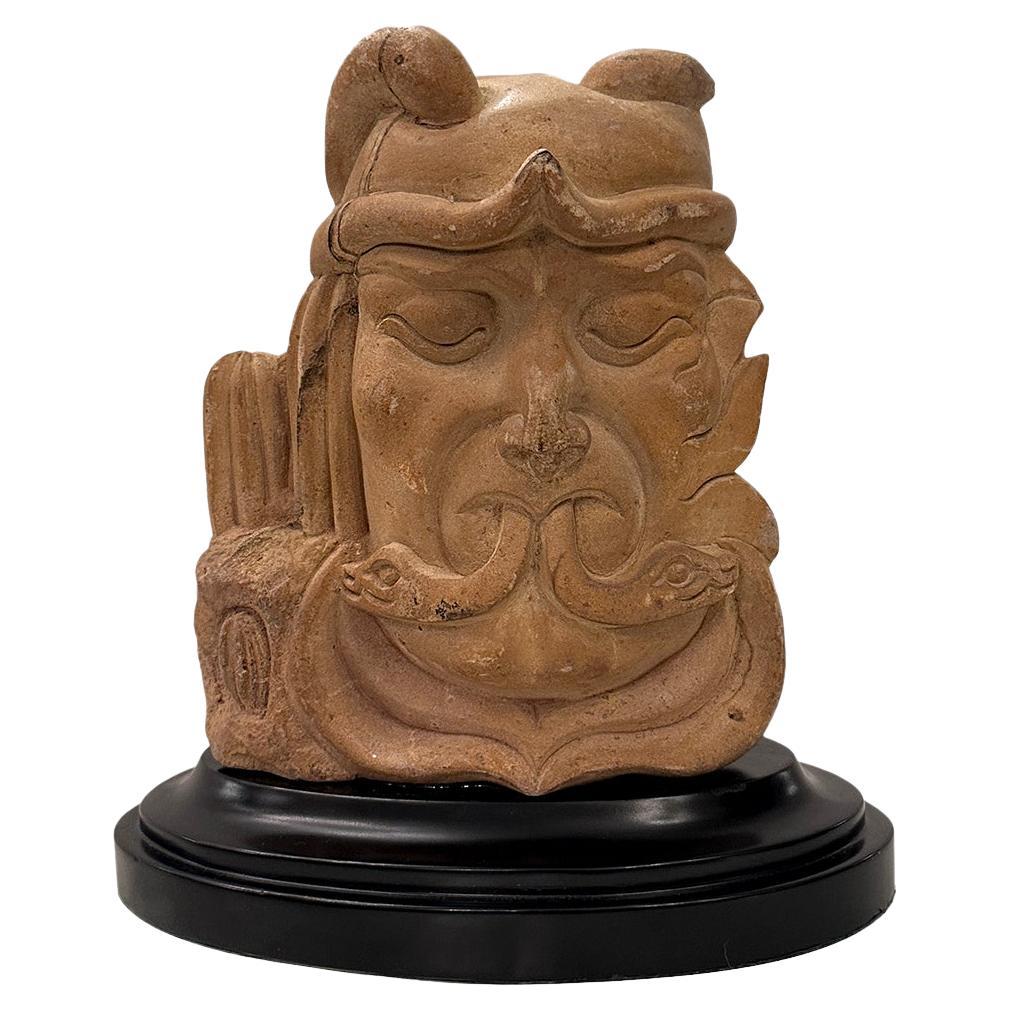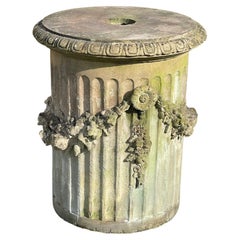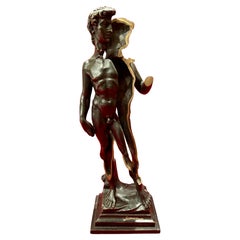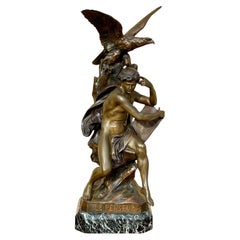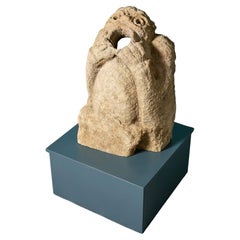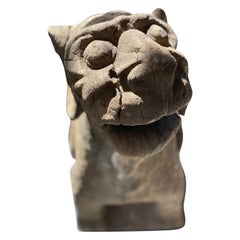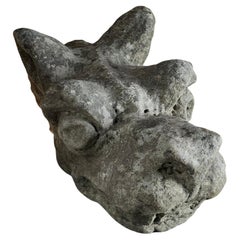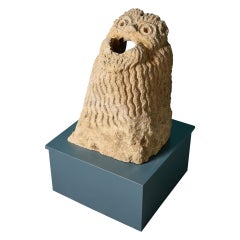Items Similar to Roman Art '11th-12th Century', French Stone Gargoyle
Want more images or videos?
Request additional images or videos from the seller
1 of 15
Roman Art '11th-12th Century', French Stone Gargoyle
$14,450.24
£10,691.37
€12,000
CA$19,980.02
A$21,935.57
CHF 11,443.84
MX$265,450.98
NOK 143,430.71
SEK 135,149.44
DKK 91,368.34
About the Item
Superb stone gargoyle Proof Roman dating from the 11th -12th century in good condition.
- Dimensions:Height: 53.94 in (137 cm)Width: 12.6 in (32 cm)Depth: 16.93 in (43 cm)
- Materials and Techniques:
- Place of Origin:
- Period:
- Date of Manufacture:11th-12th Century
- Condition:Wear consistent with age and use.
- Seller Location:Beaune, FR
- Reference Number:1stDibs: LU6050226862252
About the Seller
3.0
Vetted Professional Seller
Every seller passes strict standards for authenticity and reliability
1stDibs seller since 2021
24 sales on 1stDibs
- ShippingRetrieving quote...Shipping from: Beaune, France
- Return Policy
Authenticity Guarantee
In the unlikely event there’s an issue with an item’s authenticity, contact us within 1 year for a full refund. DetailsMoney-Back Guarantee
If your item is not as described, is damaged in transit, or does not arrive, contact us within 7 days for a full refund. Details24-Hour Cancellation
You have a 24-hour grace period in which to reconsider your purchase, with no questions asked.Vetted Professional Sellers
Our world-class sellers must adhere to strict standards for service and quality, maintaining the integrity of our listings.Price-Match Guarantee
If you find that a seller listed the same item for a lower price elsewhere, we’ll match it.Trusted Global Delivery
Our best-in-class carrier network provides specialized shipping options worldwide, including custom delivery.More From This Seller
View All18th Century, Terracotta Column, Louis XVI Period
Located in Beaune, FR
Terracotta column from the Louis XVI period dating from the end of the 18th and the beginning of the 19th century. It is decorated with garlands of flowers and is designed to be inst...
Category
Antique 18th Century French Louis XVI Patio and Garden Furniture
Materials
Terracotta
According To Arent Van Bolten - Grotesque Animal, Oil Lamp
Located in Beaune, FR
Rare oil lamp or bronze perfume burner representing a grotesque or fantastic animal after the artist Arent Van Bolten. This bronze is in very good condition with its original dark br...
Category
Antique 19th Century European Abstract Sculptures
Materials
Marble, Bronze
ARMAN, Bronze, David or The Secret of Beauty
By Arman
Located in Beaune, FR
Bronze proof with black dark brown patina. Dated on the terrace 1994. Signed and numbered on the base. Draw on 1000 + 10 EA This one features the number 583/1000. Circular foundry stamp: "Romain Barelier". Each proof is unique since it is cut and welded differently. This is a cover of Michelangelo's David kept in the Uffizi Gallery...
Category
20th Century Figurative Sculptures
Materials
Bronze
Emile Louis PICAULT - Bronze, The Thinker
By Émile Louis Picault
Located in Beaune, FR
Bronze sculpture signed "E. Picault" entitled "The Thinker". This bronze represents a man sitting on a rock holding in his hand a book with the inscription "It is on the high peaks t...
Category
Antique 19th Century French Figurative Sculptures
Materials
Marble, Bronze
Bronze Statue, Roaring Lion, 19th Century
Located in Beaune, FR
Bronze with brown patina representing a roaring lion. 19th century sculpture in good condition.
Category
Antique 19th Century French Animal Sculptures
Materials
Bronze
18th Century, Sculpture The Lamb Pascal and The Seven Seals
Located in Beaune, FR
Exceptional religious decorative element dating from the 18th century representing "the Pascal Lamb and the Seven Seals".
Very beautiful work of wood sculpture, all entirely gilded....
Category
Antique 18th Century French Decorative Art
Materials
Giltwood
You May Also Like
Medieval 13th Century Carved Stone Gargoyle
Located in Wormelow, Herefordshire
A medieval carved stone gargoyle from the private collection of a country house in Oxfordshire, originally purchased from Crowther of Syon Lodge in 1985.
Dating from the 13th-14th c...
Category
Antique 15th Century and Earlier English Medieval Statues
Materials
Stone
16th Century Late Gothic Limestone Gargoyle
Located in Richmond, VA
A late Gothic limestone gargoyle water spout. Original iron bracket in central gutter. Stunning hairline cracking in stone due to old age. Perfect o...
Category
Antique 15th Century and Earlier French Gothic Architectural Elements
Materials
Limestone
Stone Grotesque Carving Circa 1400
Located in Bakewell, GB
A Stone grotesque carving c1400
Size 40cms long 22 cms high and 21 cms wide
Category
Antique 15th Century and Earlier Garden Ornaments
Materials
Stone
Antique 13th-14th Century Medieval Carved Stone Gargoyle
Located in Wormelow, Herefordshire
An antique medieval carved stone gargoyle from the private collection of a country house in Oxfordshire, originally purchased from Crowther of Syon Lodge in 1985.
Dating to the 13...
Category
Antique 15th Century and Earlier English Medieval Statues
Materials
Stone
French Limestone Gargoyle
Located in Dallas, TX
Breathtaking defined gargoyle from late 19th century France.
Category
Antique 1890s Abstract Sculptures
Materials
Limestone
Midcentury Stone Sculpture
Located in New York, NY
A circa 1950's Mexican stone sculpture on a wood base.
Measurements:
Height: 10"
Width: 9"
Depth: 5.75
Category
Vintage 1950s Mexican Statues
Materials
Stone
More Ways To Browse
Pk 111
Rail Car Sink
Schlage Sahara
Sherle Wagner Used
William Needham
Wine Cork Sculpture
Alan Wanzenberg
Graham Harman
Michelle Andonian
Pas De Calais Tiles
Pierres De Sorcieres
Redsoul Fireplace Screen
Servants Bell Pull
Vintage Brass Letterbox
Whale Door Knocker
10 Gallon Hat
1950 Modernist Iron Handrail
Antique and Vintage Door Handles
